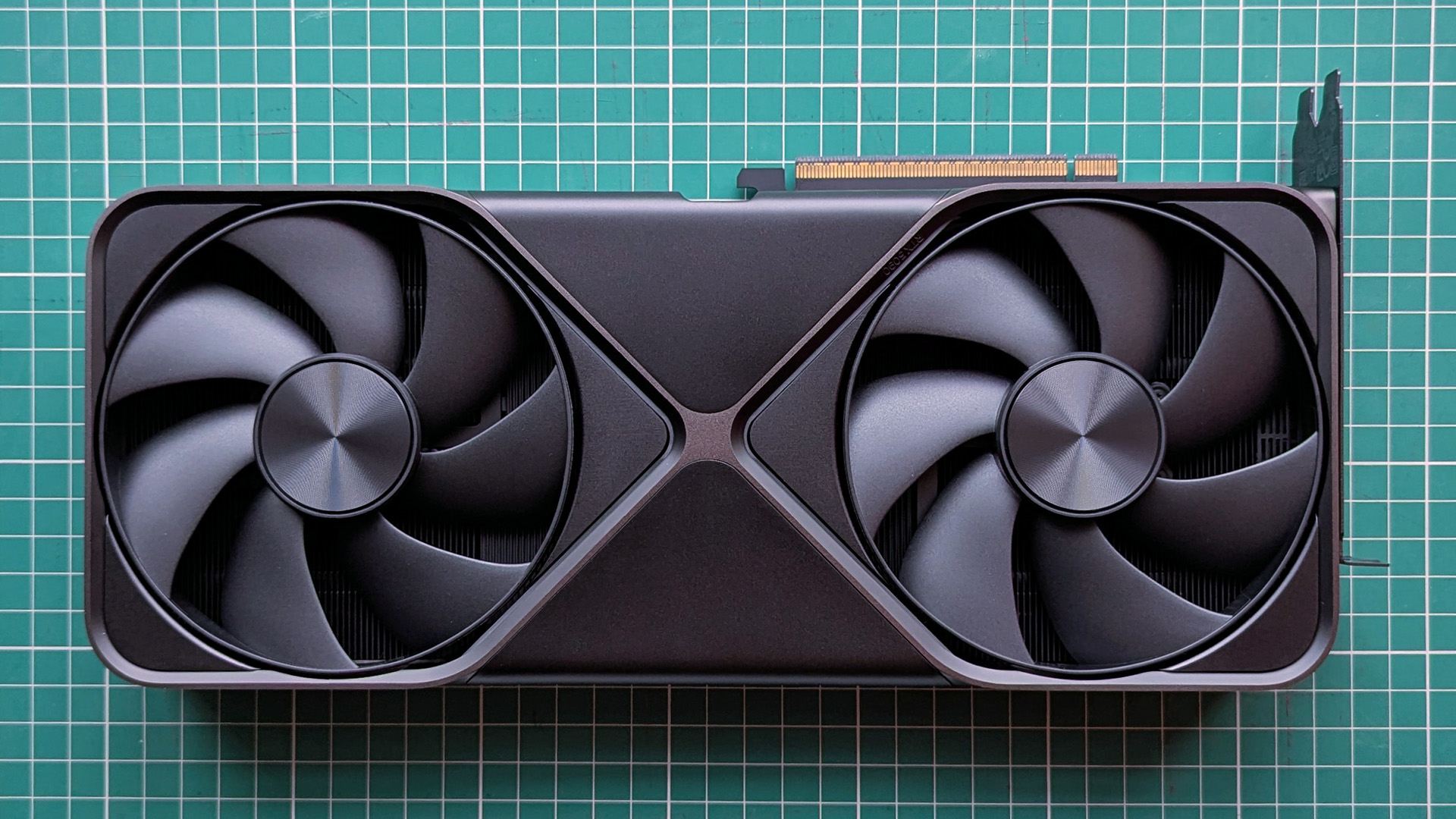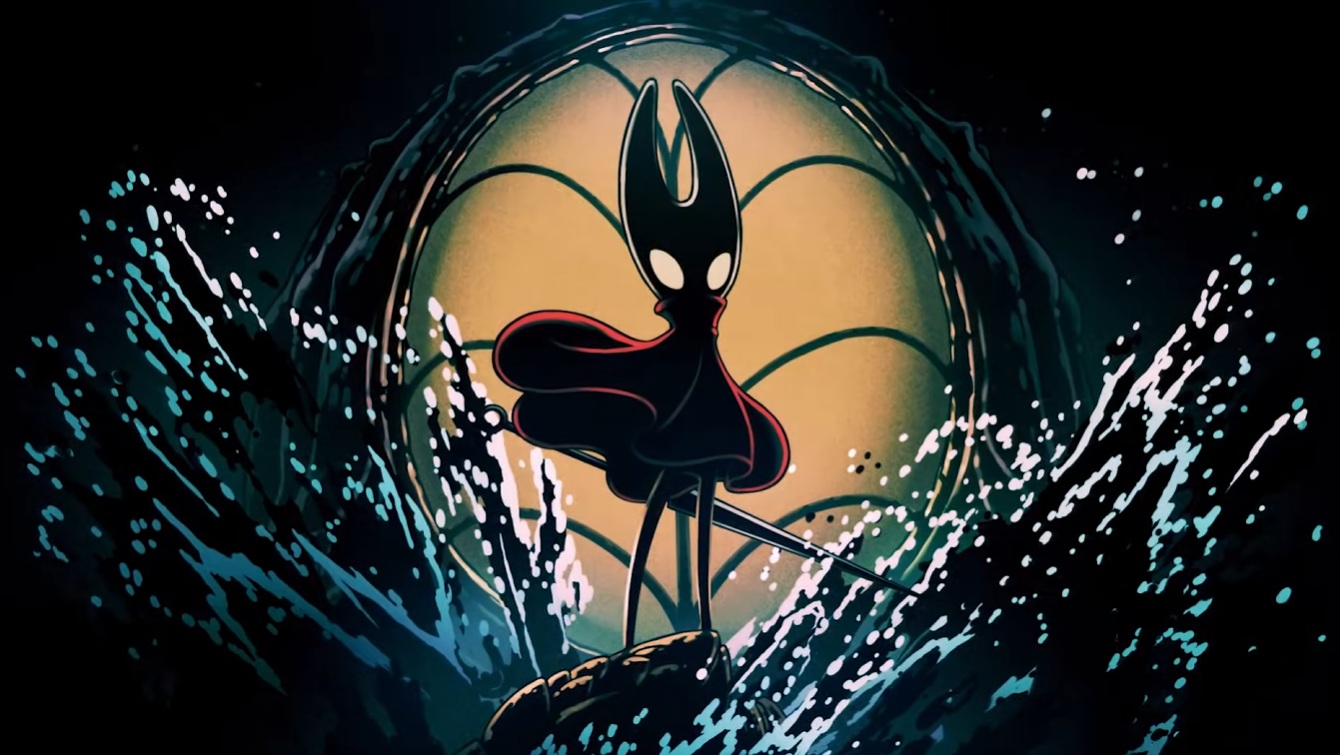Microsoft and NVIDIA are teaming up to put more AI in your games — Neural Shading comes to DirectX soon
NVIDIA's RTX Neural Shading tech can reduce VRAM usage sevenfold, and DirectX developers will soon have access.

Microsoft announced a partnership with NVIDIA in January to integrate the latter company's AI neural rendering technology into the DirectX pipeline.
The partnership, which was shared initially by Microsoft without a whole lot of information, hasn't been sitting dormant, and NVIDIA has shared more details ahead of GDC 2025.
The major news to focus on here, especially if you're a developer, is that NVIDIA's neural shading support is expected to arrive for Microsoft's DirectX 12 Agility software dev kit preview sometime in April.
Once enabled, developers will be able to employ the Tensor cores — made specifically for AI tasks — in RTX GPUs to "accelerate neural networks from within a game's graphics pipeline."
Microsoft Direct3D development manager, Shawn Hargreaves, is quoted in NVIDIA's press release as stating:
"Microsoft is adding cooperative vector support to DirectX and HLSL, starting with a preview this April. This will advance the future of graphics programming by enabling neural rendering across the gaming industry. Unlocking Tensor Cores on NVIDIA RTX will allow developers to fully leverage RTX Neural Shaders for richer, more immersive experiences on Windows."
As it stands now, AI is used in gaming for things like interpolation, ray reconstruction, and to generate completely new frames from those rendered with "brute force" by the GPU's hardware.
All the latest news, reviews, and guides for Windows and Xbox diehards.
For example, NVIDIA's major addition to DLSS 4 is Multi Frame Generation (MFG), a technology that allows RTX 5000 GPUs to render up to three additional frames with AI for each "natural" frame.
It's part of the trick behind NVIDIA's CES 2025 claims that the RTX 5070 could offer RTX 4090 performance for a fraction of the cost, which was skewered in RTX 5070 reviews.
With NVIDIA and Microsoft's partnership for neural shaders and DirectX, AI is now capable of wading further into the graphics pipeline to help render the first frame that was traditionally created without any AI help.
If you are already sick of hearing about AI in your video games, it's not going to get any better anytime soon. For those on the other side of the fence, this should come as intriguing news.
What are NVIDIA RTX Neural Shaders?

NVIDIA introduced RTX Neural Shaders at CES alongside its Blackwell GPU architecture.
Neural shaders, as explained by NVIDIA, are small neural networks injected into programmable shaders.
I'll admit that the developer side of NVIDIA's business is often over my head, but there are some clear advantages for the average PC gamer.
Using an RTX-powered PC — NVIDIA's Tensor cores are key here — developers can actually train AI using shader code and game data.
NVIDIA lays out three applications for the technology, and they can all directly benefit gamers.
RTX Neural Texture Compression can, according to NVIDIA, reduce necessary VRAM by more than sevenfold compared to standard texture compression without harming visual fidelity.
This should be big news for anyone using a GPU with 8GB of VRAM, as I've seen NVIDIA's 8GB RTX 4060 struggling mightily with games like Indiana Jones and the Great Circle.
RTX Neural Materials is better equipped to handle complex shaders; NVIDIA says it can improve processing by up to five times faster without harming quality or frame rates.
RTX Neural Radiance Cache employs AI to vastly improve path-traced indirect lighting performance; it's one of the new technologies available in RTX Remix, which has now exited its beta stage.
What are Cooperative Vectors?

You're not doubt going to be hearing a lot about cooperative vectors from the NVIDIA and Microsoft partnership.
Cooperative vectors are essentially what allow NVIDIA's neural network to function in real time within the DirectX pipeline using AI hardware (like RTX GPUs).
It remains unclear if cooperative vectors will also be compatible with Intel's XMX and AMD's RDNA hardware. It's looking like, at least for now, this initiative will remain an NVIDIA exclusive.

Cale Hunt brings to Windows Central more than nine years of experience writing about laptops, PCs, accessories, games, and beyond. If it runs Windows or in some way complements the hardware, there’s a good chance he knows about it, has written about it, or is already busy testing it.
You must confirm your public display name before commenting
Please logout and then login again, you will then be prompted to enter your display name.
